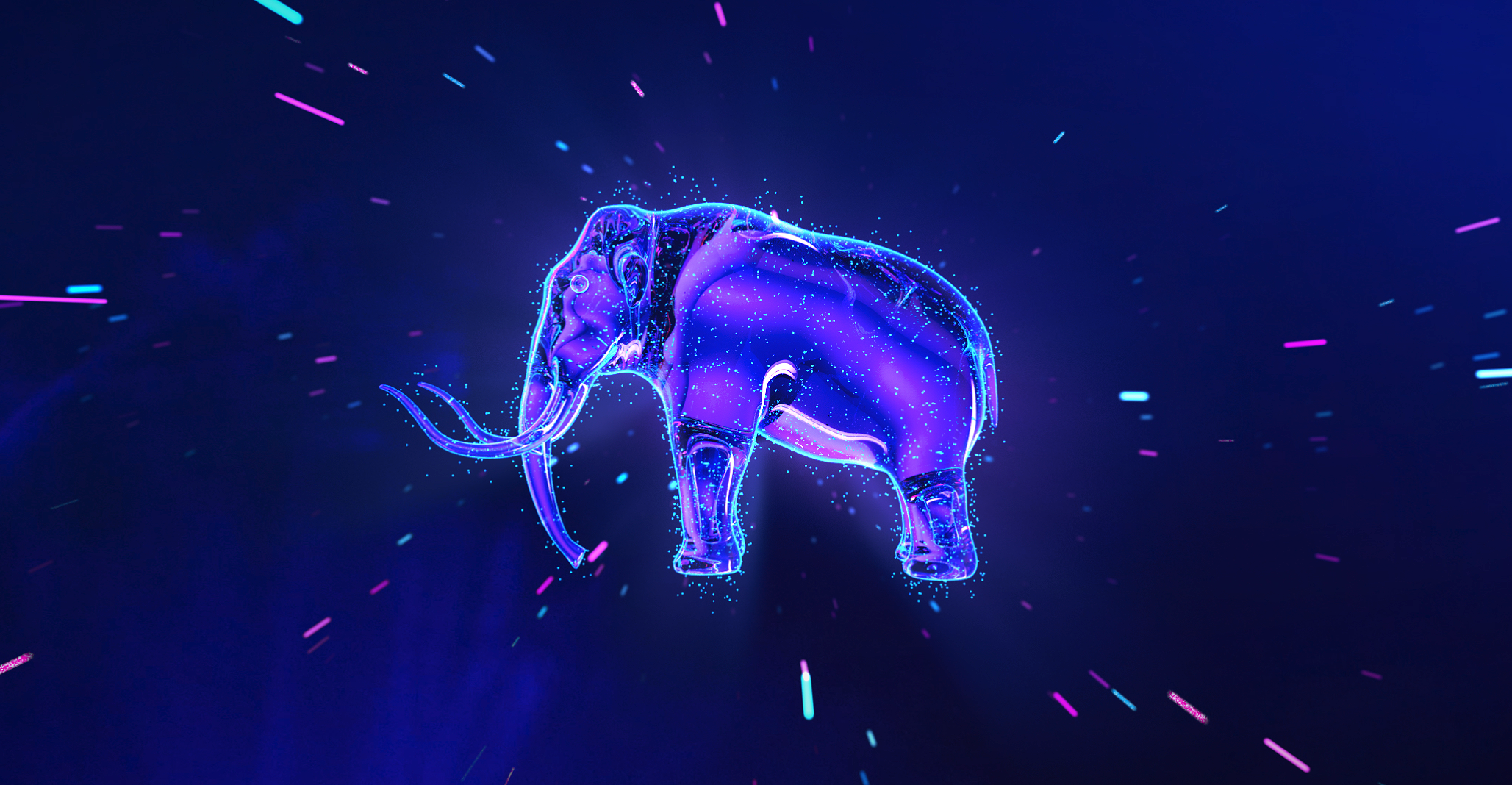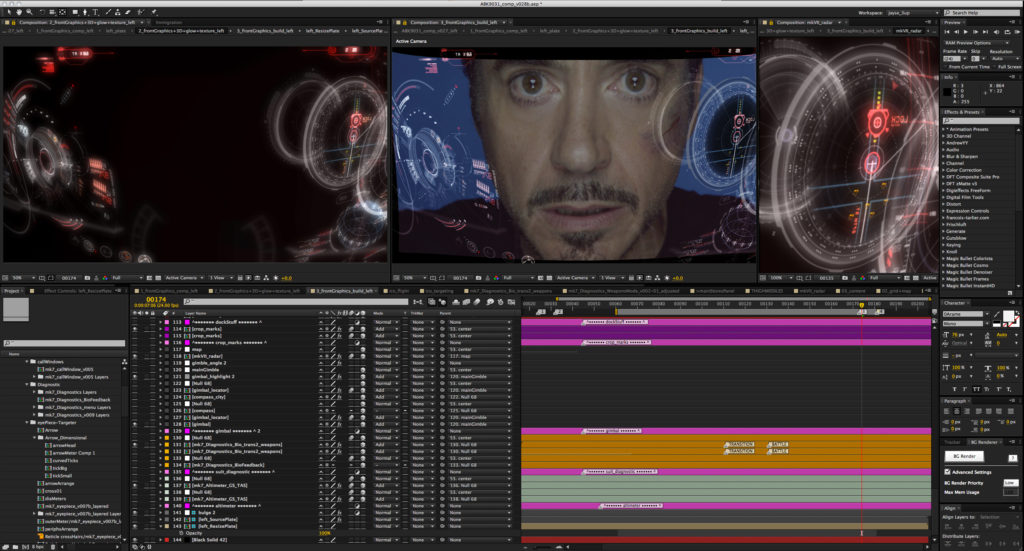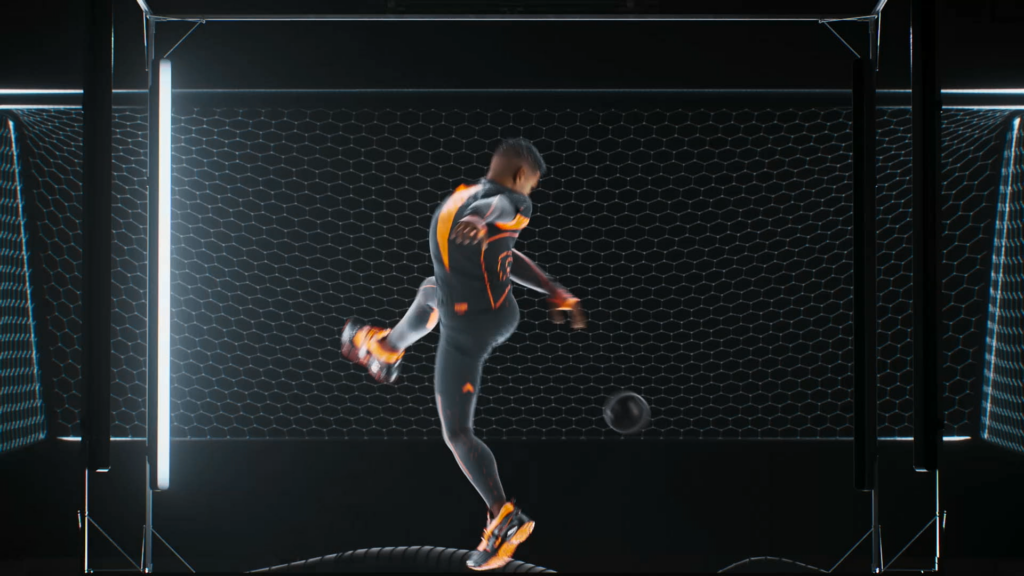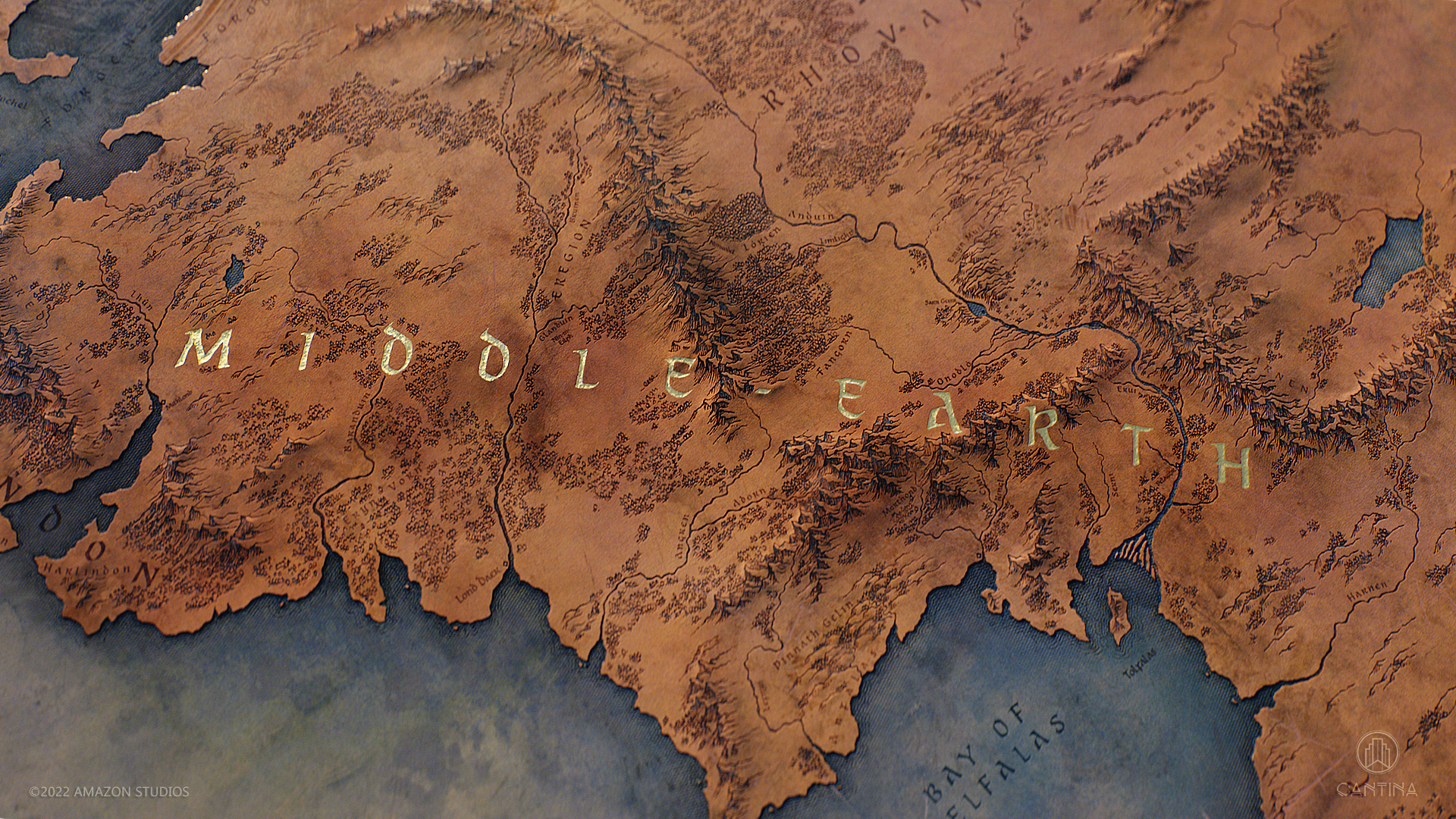
How Cantina Creative created the crucial map sequences of Amazon’s ‘The Lord of the Rings: The Rings of Power.’
By Todd Blankenship
Cantina Creative is a VFX and design studio that has worked on a staggering number of high-profile projects. Acquired a few months back by Territory Studio, Cantina is now part of Territory Group, which is fast becoming a powerhouse for UI and interface design, as well as innovative filmmaking solutions.
Recently, Cantina was asked to create a photoreal, weathered, leather map of Arda for the Amazon series “The Lord of the Rings: The Rings of Power.” Made using a combination of Cinema 4D, Substance Painter, Arnold and some highly detailed imagery, the CG map helps guide viewers throughout Middle Earth and across the Sundering Seas.
We spoke with Cantina VFX Supervisor Aaron Eaton and CG Supervisor Julianne Dome about their own “Lord of The Rings” fandom, the importance of maps in the storytelling of this series and the way they merged a lot of practical tools and imagery together to create a map that feels as real and authentic as possible.
Accuracy is so important to “Lord of The Rings” fans, how did you handle that?
Eaton: Obviously there was a lot of pressure to do it right, and we didn’t want to let fellow fans down. Luckily for us, we had a strong base to start from, working with beautiful artwork from Daniel Reeve , who created the maps for the original film trilogy, as well as “The Hobbit” films.
We used his images as a base for the carved displacement of the CG leather. And anytime we needed to generate content for a region or place a new location, we made sure to stay true to the reality of Middle Earth.
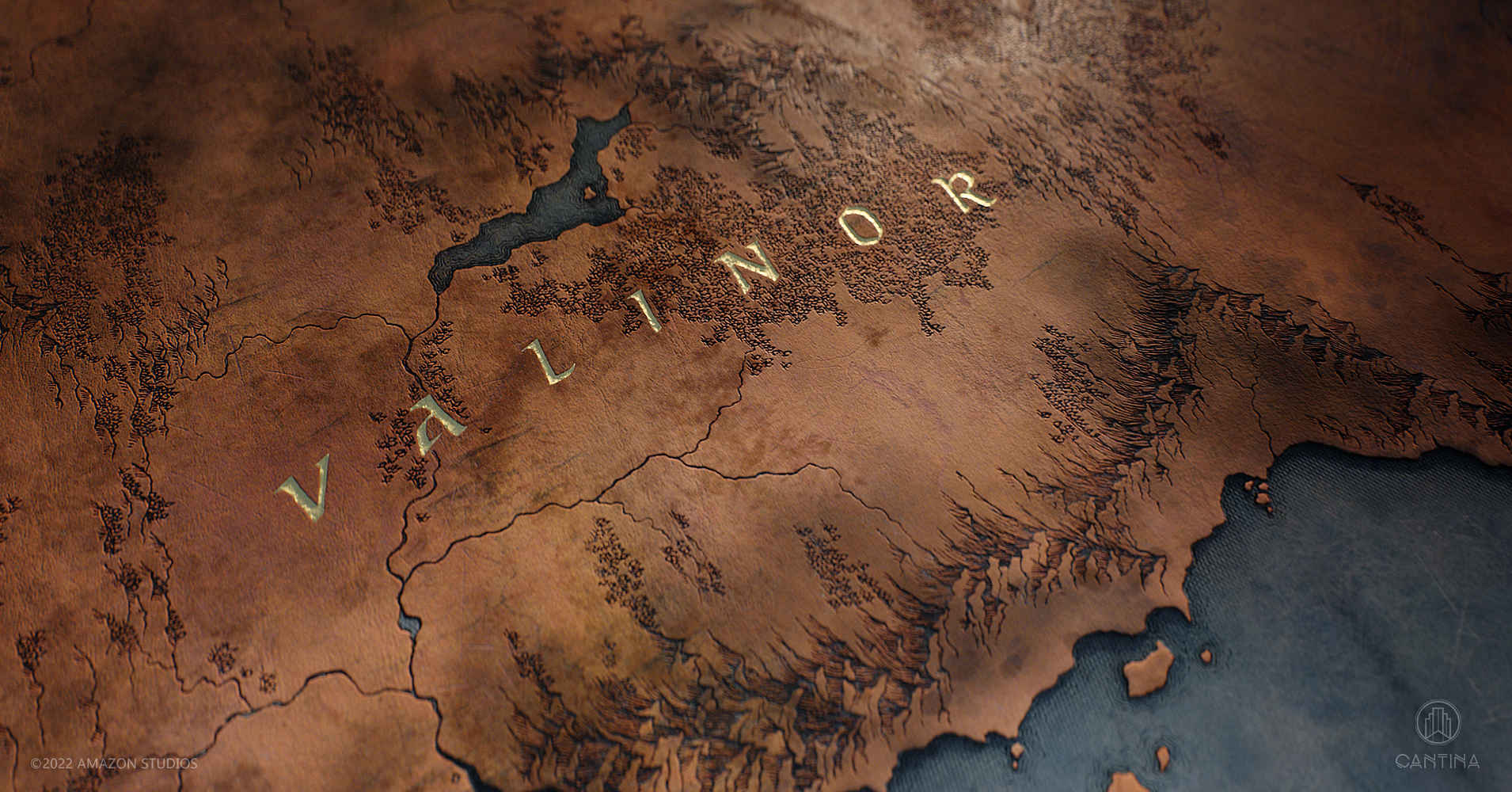
Dome: As LOTR fans, we were all wishing it was a real leather map that was hand carved and tooled, so we wanted to make something that looked as close to that as possible. We wanted it to be a map you’d want to get your hands on and study. During the design phase, we imagined how this map would be used inside the Rings of Power world and all our decision making was grounded in this being a realistic leather map.
How did you achieve such a photorealistic result?
Dome: We started the whole process by visiting a leathercraft shop in the San Fernando Valley. Master craftsman Wayne Christensen demonstrated how to work with leather and showed us carving techniques. He also let us take reference photos and gave us a brief history of leather tooling, which got into the weeds about the process.
It was an awesome start to figuring out how we wanted to design the texture, and we were able to use all that photography as a reference. Building the shader, we started with a clean leather texture and built all our line work, displacement and patina on top of that.
To get a photoreal-looking material, we designed and experimented with levels of sun damage, dirt and oil, as well as fingerprints to make this map feel like a real living object, all the way down to how dust would settle inside the carved crevices.
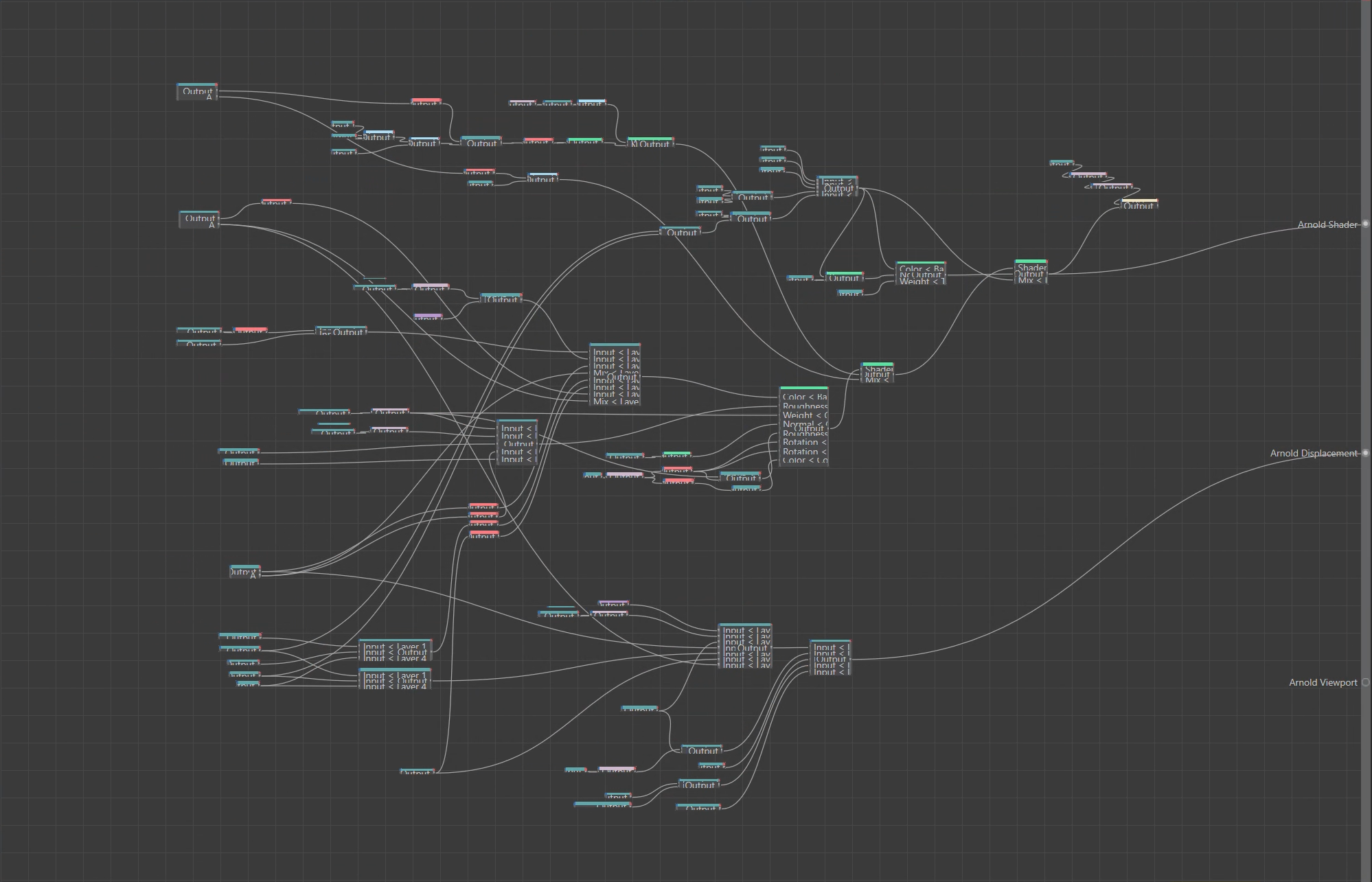
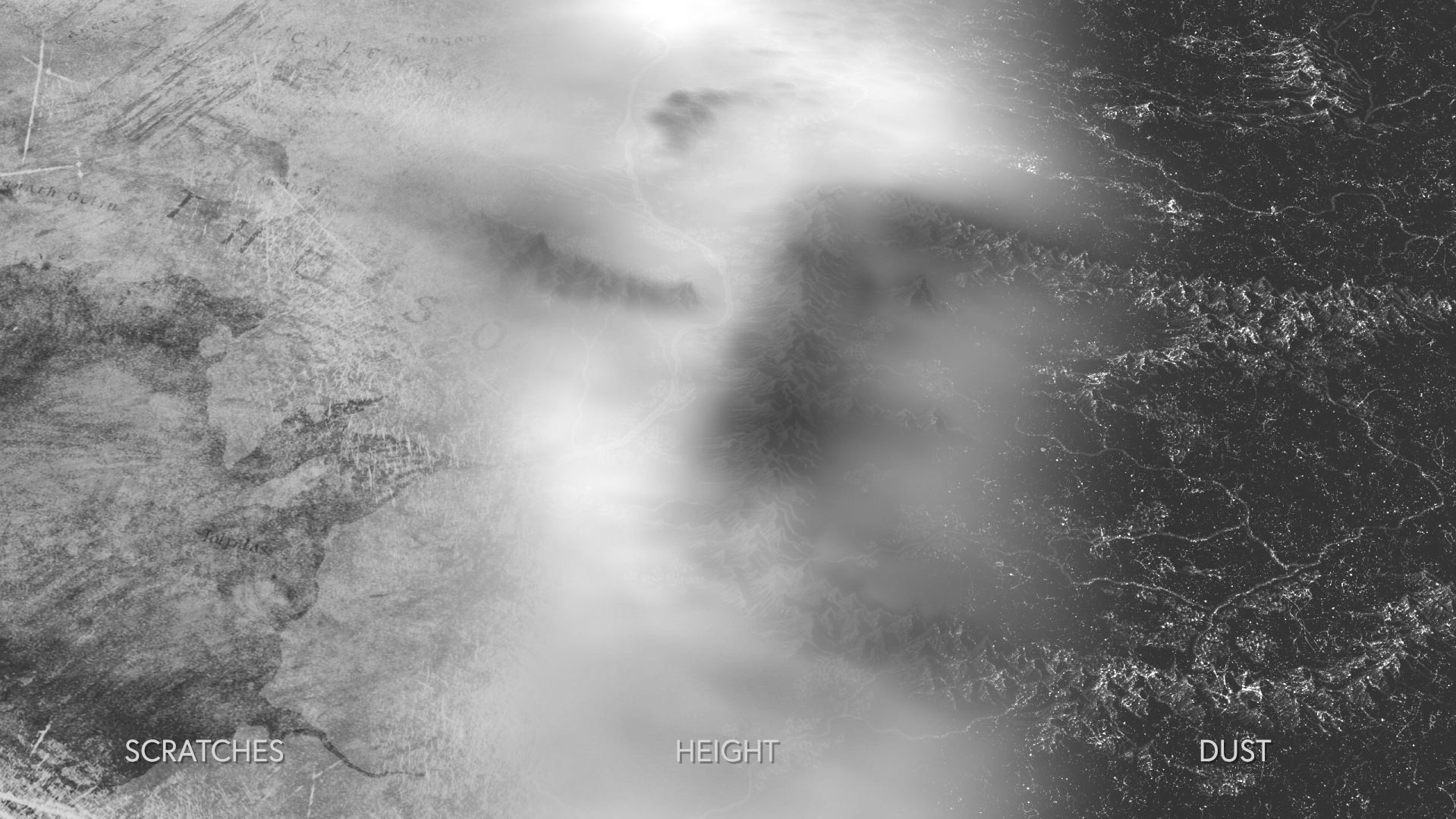
How did you achieve the perceived scale and camera moves around the map?
Eaton: A lot of the scale was driven by the detailed illustration. We had the initial setup, and we chose the scale, landing somewhere around six feet. It’s huge. We decided to think of it as lying flat somewhere, so we had to plan out how to move the camera when going from one place to another.
We used a simple motion capture system and recorded camera movements over a virtual life-size representation of the map in our office. That step helped us make sure the camera moves feel authentic and natural and we were able to modify the moves from there.
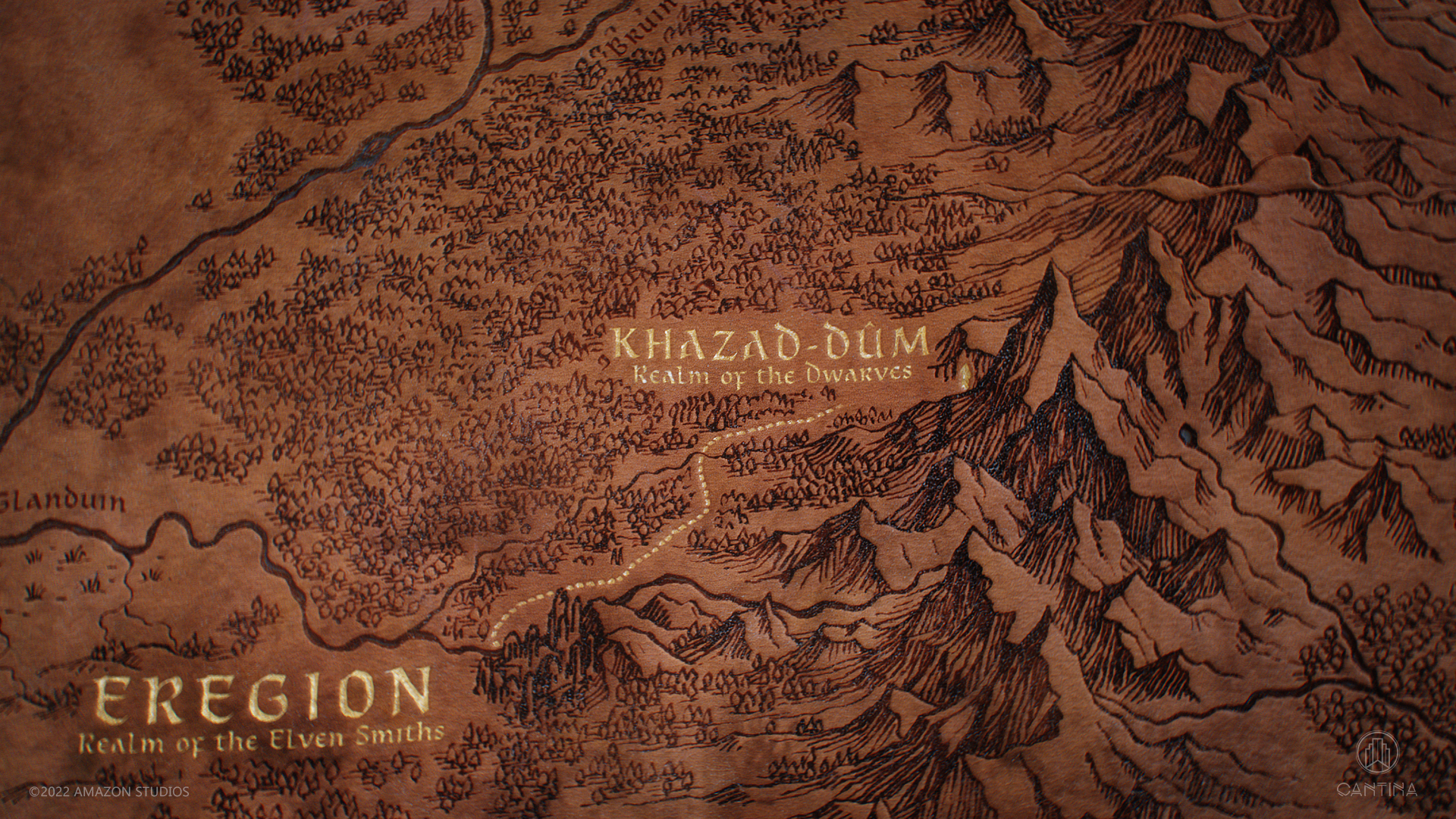
Camera placement on its own has a big impact on perceived scale. If the camera is moving low over the map, you can feel the large distance that the characters are traveling. Some of our renders are only inches from the leather surface, which gives a completely different feel.
Dome: We had storytelling moments to show that some characters are traveling to a new world whereas other characters are making a slow trek over a comparatively small distance. But both shots have to feel like we are looking at the same map, and so much of that was achieved with camera moves.
Tell us how you achieved the carved look.
Eaton: To get the real carved look, it all came down to the texture’s displacement. We followed a process similar to what the leatherworker showed us with carving techniques. Anything geographical was offset, and along the coastline you can see there are sharper edges to the carved leather and extra patterns pressed in.
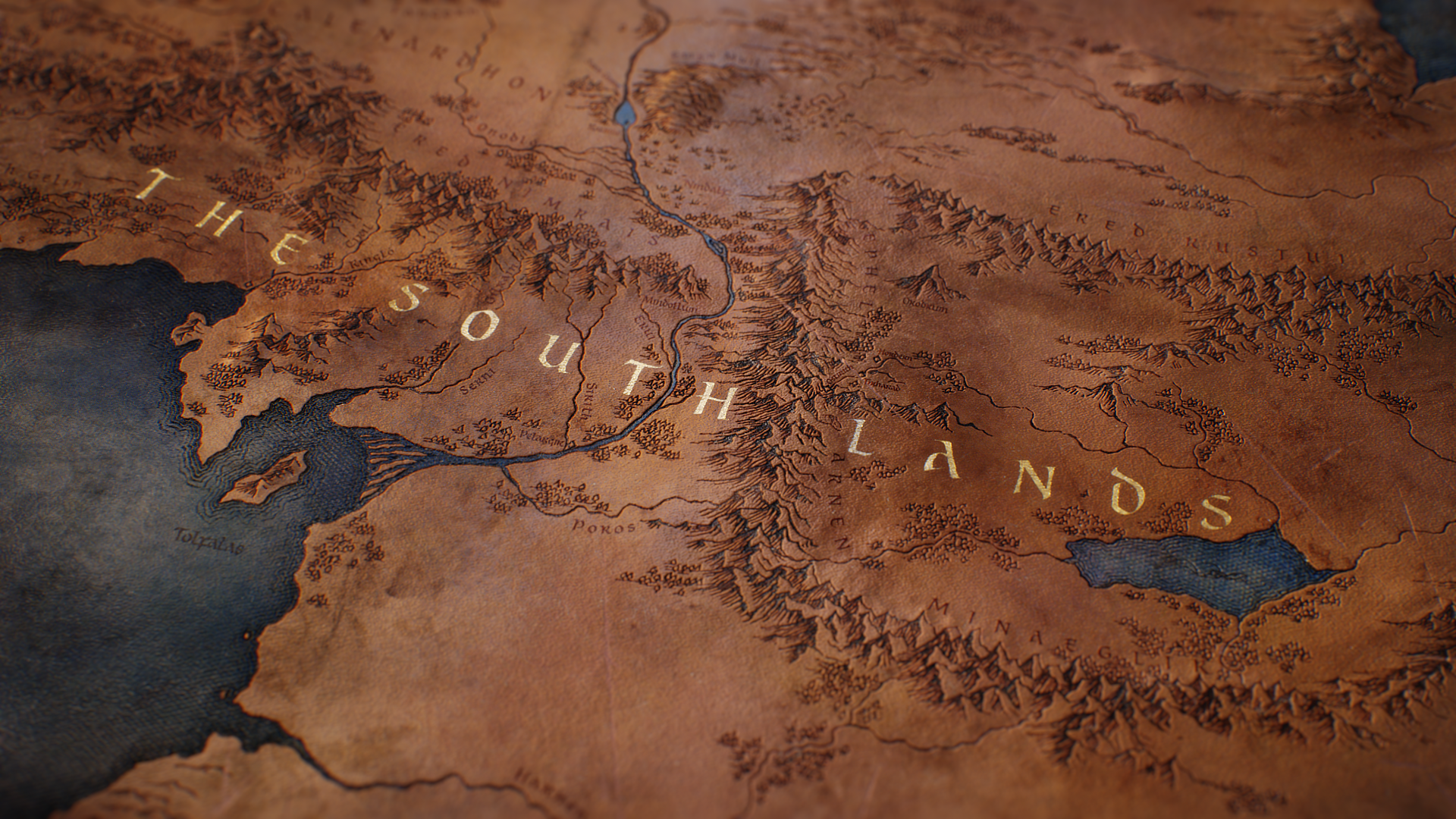
We used a combination of Photoshop and Substance Painter along with photographic elements to help create individual textures, and Cinema 4D with Arnold to get the final look. C4D’s built-in noise patterns gave us a nice amount of procedural control over areas of the large surface.
Dome: Scene lighting also played a huge role in showing off the details. We kept all the lighting natural and warm-toned to imitate being lit only by ambient daylight or torch light.
What was it like as LOTR fans to work on such a cool project?
Dome: One of the biggest reasons I got into visual effects was watching the behind-the-scenes videos Peter Jackson put together for the first trilogy. So, being able to work on a “Lord of the Rings” project was a total dream come true. Aaron and I, along with our Design Supervisor Andrew Hawryluk, are all huge fans, so were crazy excited to work on this. The level of fandom between the three of us working on these maps was pretty intense.
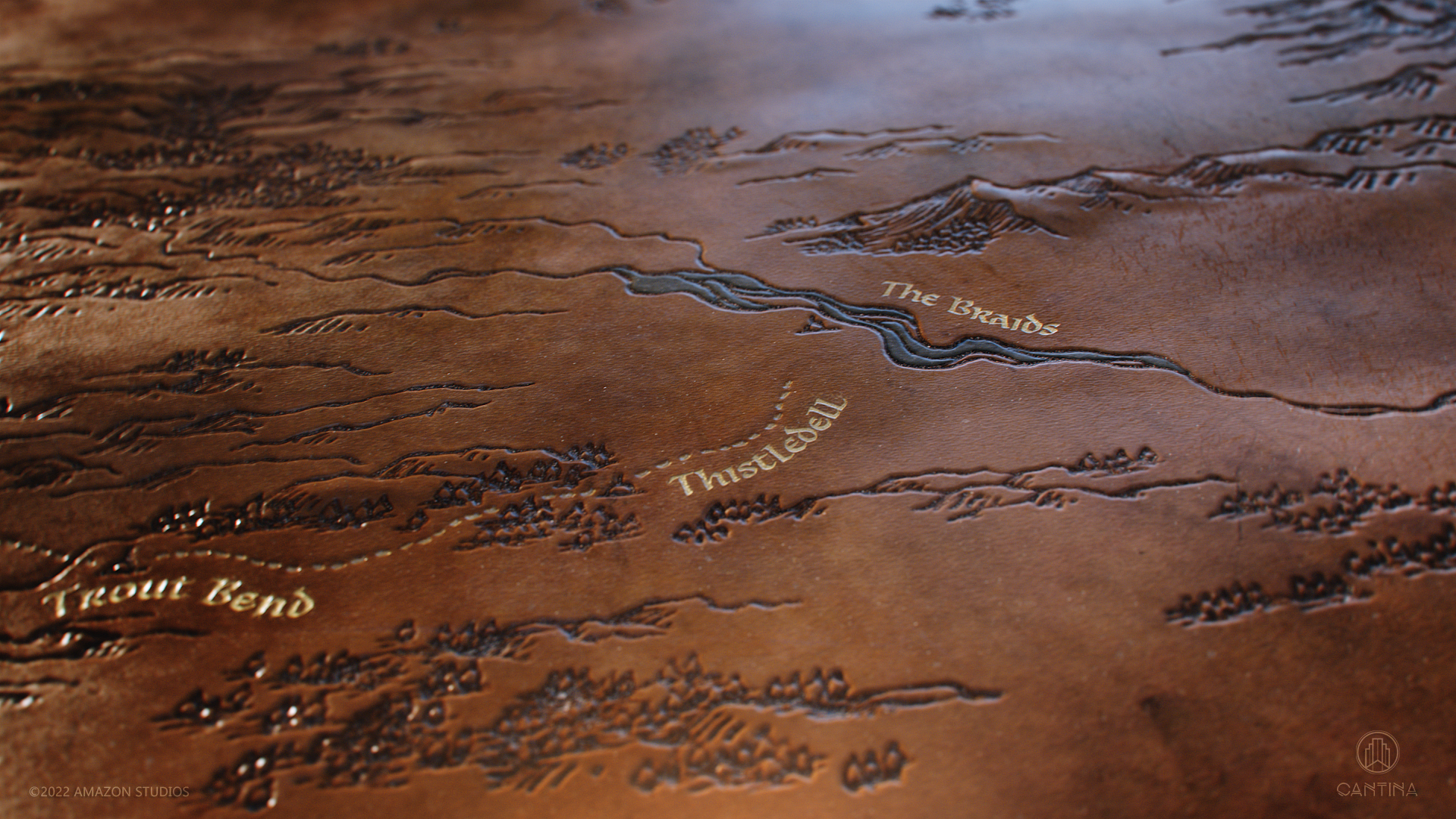
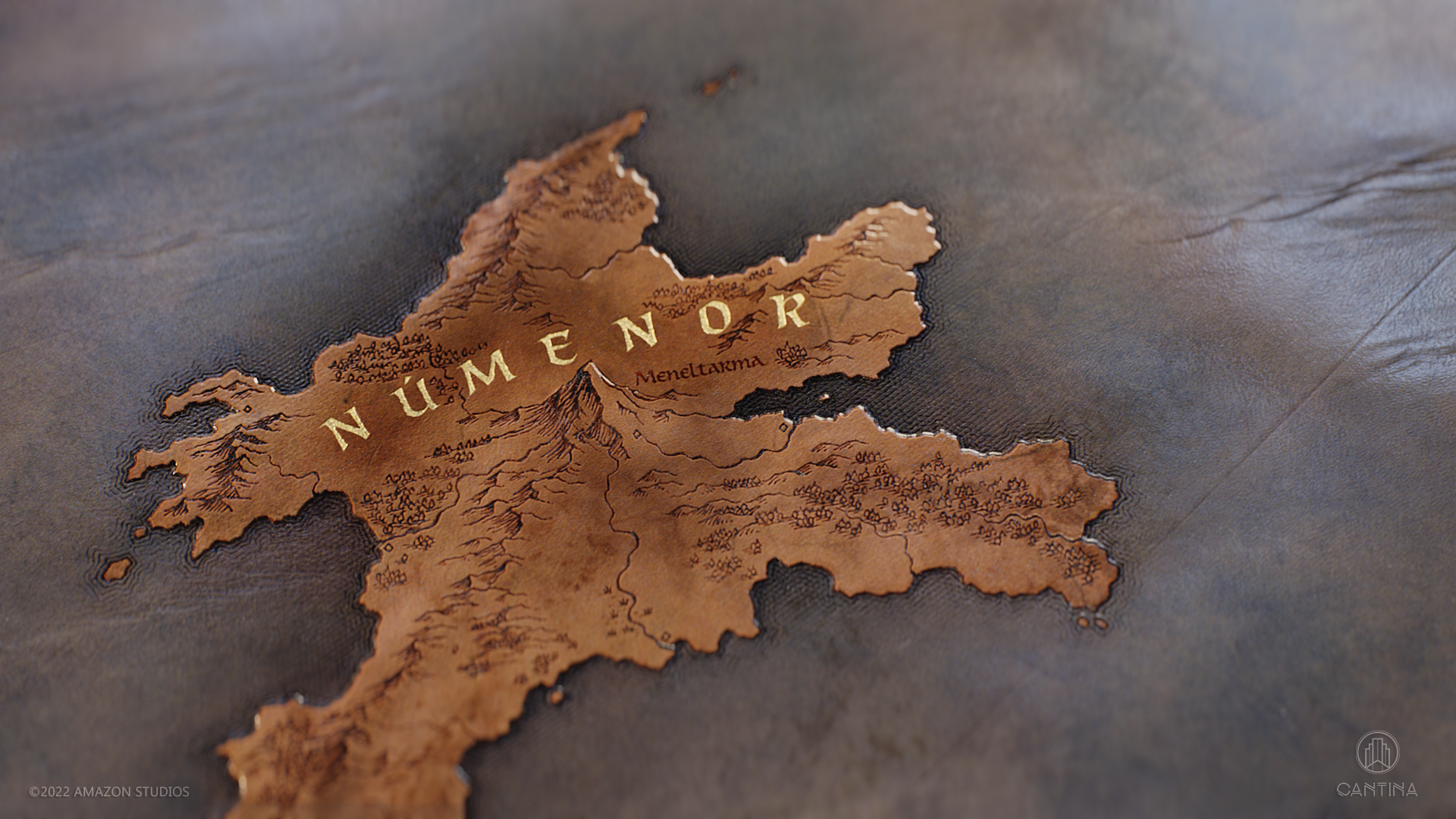
Eaton: It was really exciting to be part of a project where everyone involved on our side, and the production side, are huge LOTR fans. There was always this feeling of excitement and commitment about working collectively toward a single vision and creativity flows from that.
Credits:
Design Supervisor: Andrew Hawryluk
Executive Producer: Sean Cushing
VFX Producer: Donna Cullen
CG Supervisor: Julianne Dome
VFX Supervisor: Aaron Eaton
Systems Engineer: Douglas Renn
Data/IO Coordinator: Jacob Saar
Office Manager: Adriana Gonzalez
Client: Amazon Studios
VFX Supervisor: Jason Smith
VFX Producer: Ron Ames
Todd Blankenship is a Filmmaker / VFX Artist in Denton,TX


